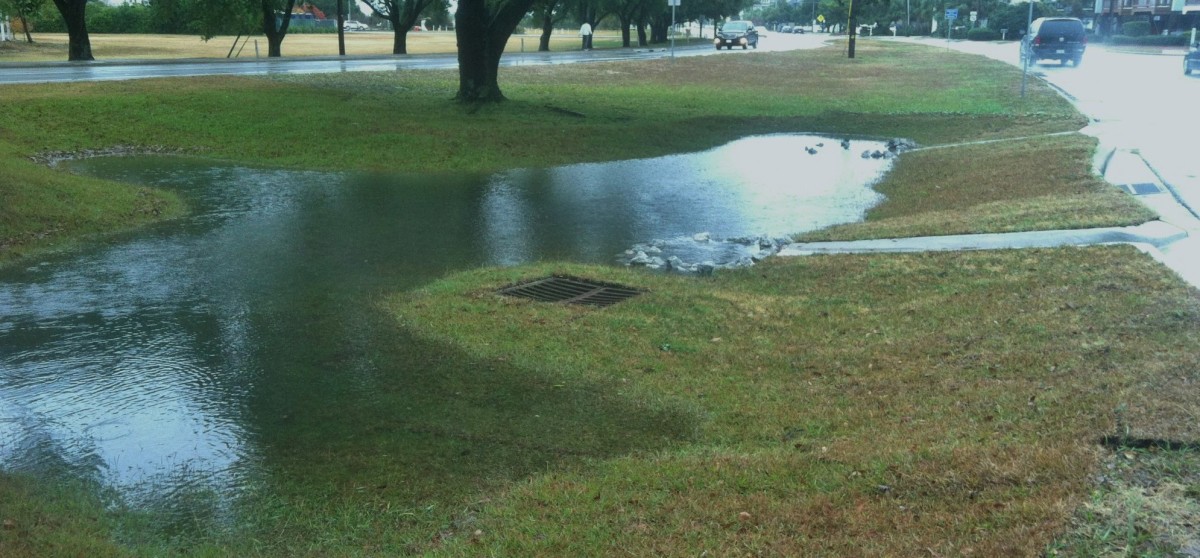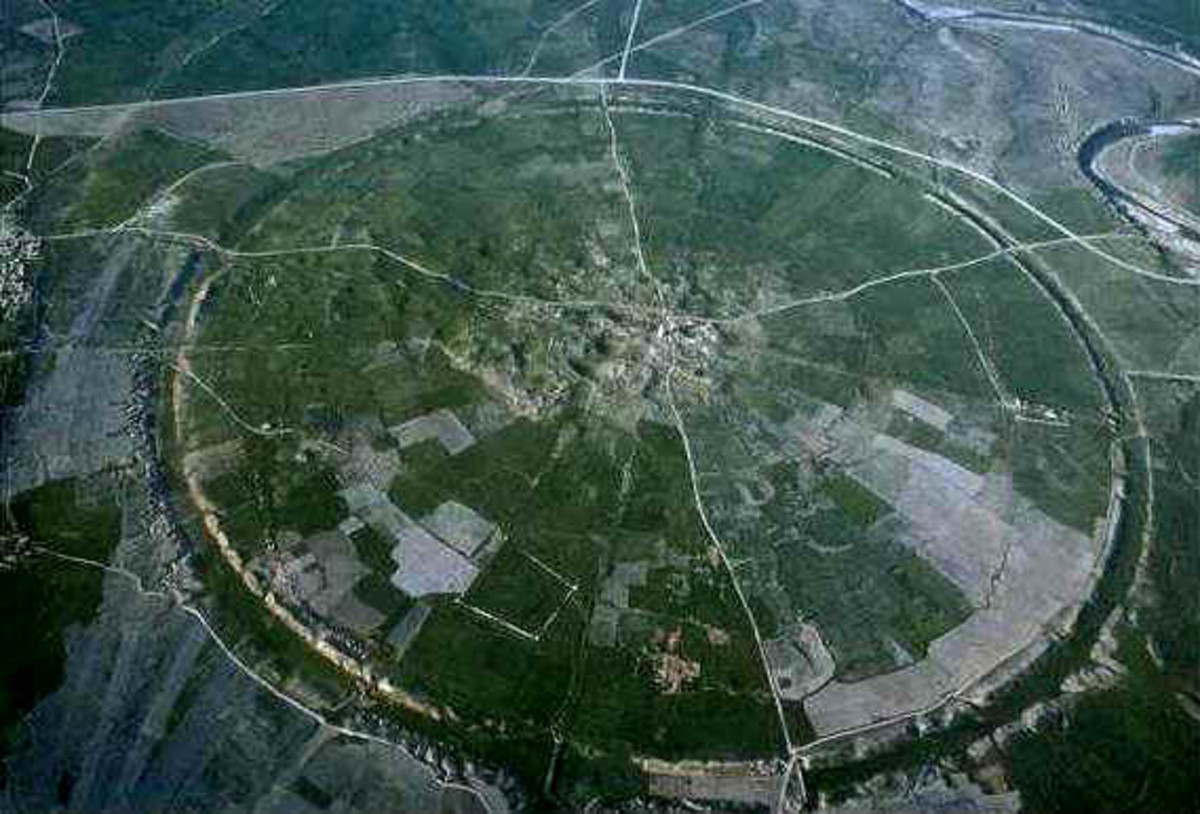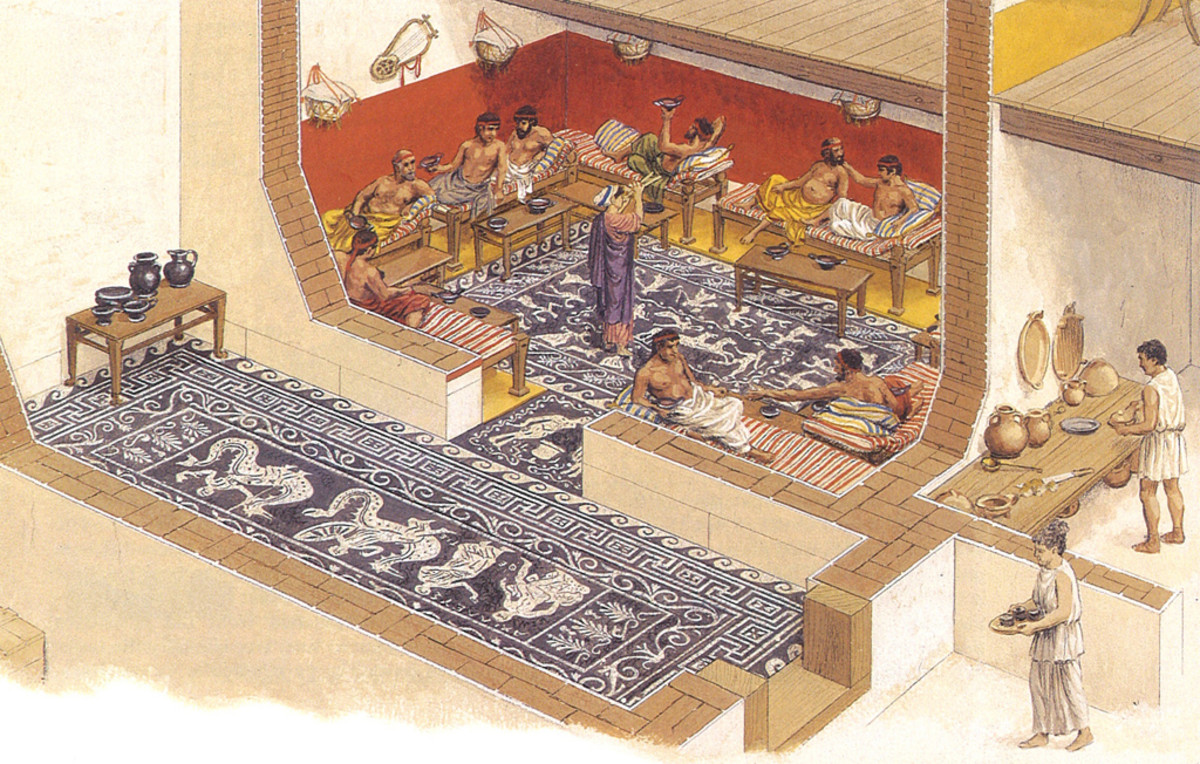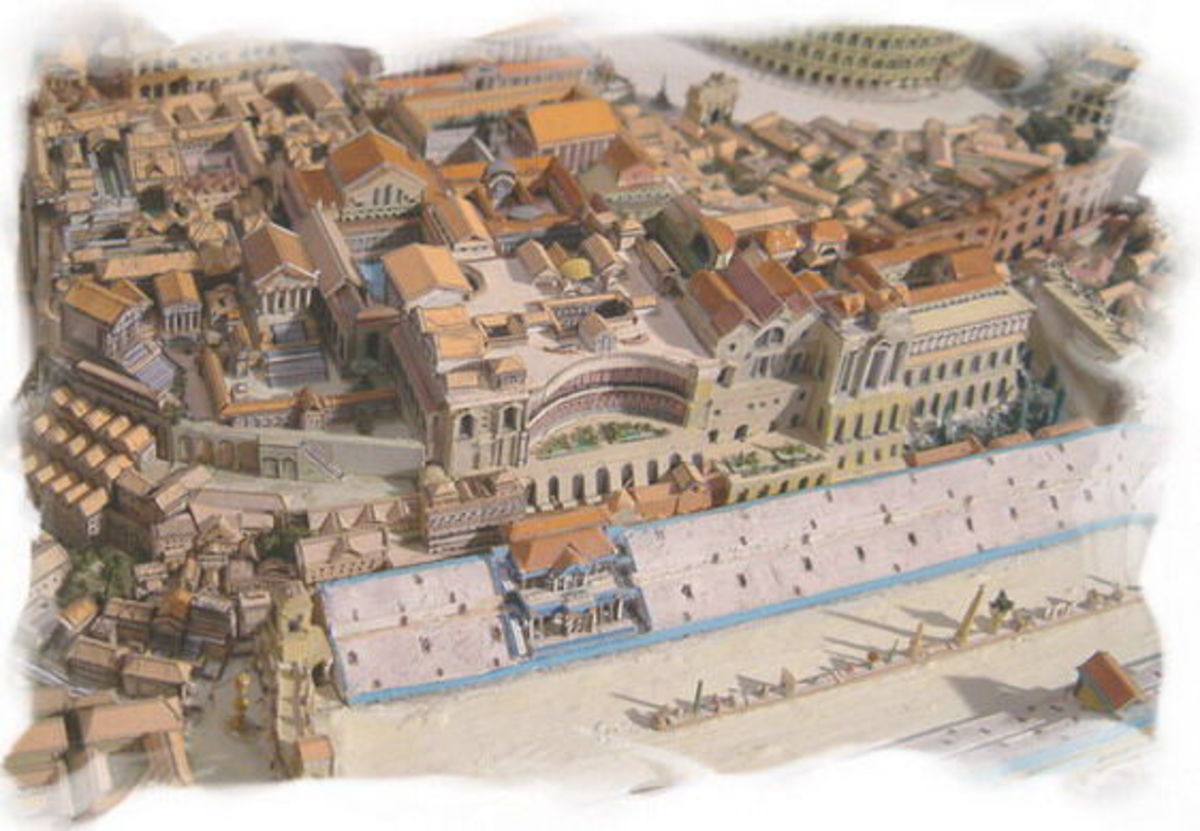Sustainability 9: Sprawl
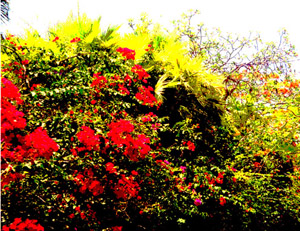
Many consider sprawl to be merely a function of suburbs continually creeping a bit further into rural areas year upon year. However, sprawl on a global scale is a serious threat to mankind’s long term sustainability.
Perhaps the greatest and most potentially troubling component of sprawl today is actually deforestation. Towns and villages, farms and ranches ever expand into the countryside, eliminating wooded areas in their paths. As people around the globe fell trees for use as fuel, or to clear land for farming or ranching, the world’s total stockpile of forests continues to shrink. It is estimated that today more than 32 million acres (13 million hectares) of forest are lost each year — a total area greater than that of the seven states of Connecticut, Delaware, Maryland, New Hampshire, New Jersey, Rhode Island and Vermont combined.
As that forest is lost, climate change can be exacerbated, and erosion and siltation can both diminish arable land, and alter or deplete river flows throughout the world. Desertification and drought can follow where loggers and farmers have gone before. Gone with the disappearing forests are many species and the broader gene pool that contribute to planetary biodiversity, as well as many as-yet-undiscovered natural products, chemicals and medicinal aids that could otherwise benefit humanity.
Shantytowns are another form of sprawl. Most often settlements of the poor and dispossessed, clustered about large cities, shantytowns usually consist of incredibly dense agglomerations of dwellings, built primarily of scrap materials and lacking proper water supply, sanitation facilities, electrical power, telephone networks, and road systems. Such towns are often riddled with crime, disease, drug use and high rates of suicide. Shantytowns thus place severe burdens on the urban infrastructure — police, fire, health care, water, sanitation, communication, transportation, social services — of their host cities.
The sprawl most Americans readily recognize is that of the burgeoning suburb and the emerging ‘edge city’. Since 1950, more Americans have lived in suburbs than in any other type of community. Such suburbs are typified by the prevalence of single-family homes situated on individual plots of land, often in homogenous ‘developments’ created by single real estate or construction companies. The gridded streets and taller structures of the cities give way to more varied roadway patterns and single-story structures of the suburb. All commercial activity disperses to low buildings fronting on sizable parking lots. No one walks in a typical suburb, for nothing needed is ever within walking distance. The auto therefore becomes essential, and shapes much of a suburb’s texture.
An edge city differs from the average suburb, in that it concentrates a significant mass of office and commercial space, usually in mid- to high-rise structures, and thus often offers more jobs than bedrooms. It can most often be identified as ‘a place’ and a destination. Also, edge cities are relatively recent phenomena, emerging only since about the late 1960s, and sprouting rapidly.
- Sustainability: Green Roofs
Here's one environmentally conscious design option that's garnering adherents the world over. - Double Glass Walls in Architecture
Blue reflective glass, horizontally banded. by rlz Weâve all heard how important it is to use double-glazed or even triple-glazed windows in our homes and offices to reduce energy demand and improve interior comfort. But how many of us have... - Ten Quick Tips for Going Green
Being 'Green' is actually easier than Kermit's song might have you believe. - Sustainability 2: The Universality of Design
Think you've not got much in common with an urban planner, architect, designer or developer? Well, think again. - Sustainability 6: Population
Rays of hope One of the prime movers of the world’s sustainability crisis is its population. The more mouths to feed, the more thirsts to quench, the more children to clothe and educate, the more families to house, the more sick and infirm to... - Sustainability 10: Density
To many, it seems counter-intuitive that packing the globe's inhabitants more tightly might actually be good for the planet's sustainability, but it's a fact. - Sustainability 13: Transit-Oriented Developments (TO...
Conserve precious water The sustainability of our cities and towns can also be enhanced through the creation of Transit-Oriented Developments (TODs). Quite simply, a TOD is any MXD centered about a transit facility or node: a subway station, train... - Sustainability 48: the environment
We're all in this together The movement toward sustainability is a direct descendant of the social movement of environmentalism. And environmentalism, far from being a new phenomenon, has been with mankind for more than a millennium. The first... - Sustainability 47: Green Labeling
Label him green? With the world’s ever-increasing concentration on environmentally sound green design and sustainability, there has been an ever-increasing set of green design standards, guidelines, certifications and labeling. Here are some of... - Sustainability 68: Drain Water Heat Recovery
Don't throw away that heat! In our efforts at energy conservation and sustainability, many of us keep seeking newer and more innovative ways of eliminating or capturing wasted energy. One of those cutting-edge methods â long in use in areas of...

